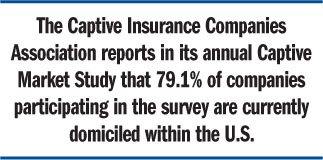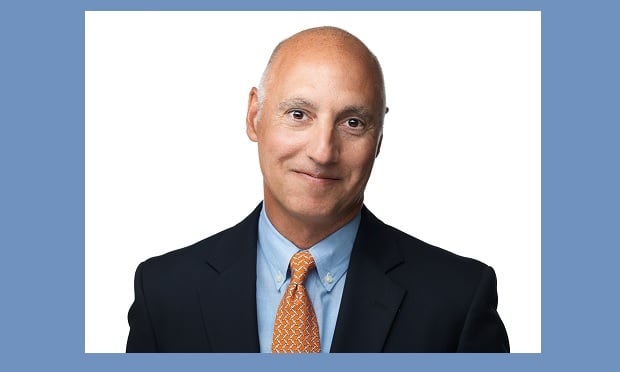The recent growth spurt among captives opting to domicile domestically can be attributed to lower establishment costs, more streamlined capitalization requirements and state governments offering increasingly creative incentives.
Another factor: more location options. The Captive Insurance Companies Association (CICA) reports that Florida and New Jersey will be the newest states open for business, effective this July.
 The Vermont insurance market—one of the oldest in the U.S.—is still the No. 1 domicile in the country with 30-40 percent of Fortune 500 companies owning a captive in the Green Mountain State. But other states are taking steps to make themselves more attractive and to catch up.
The Vermont insurance market—one of the oldest in the U.S.—is still the No. 1 domicile in the country with 30-40 percent of Fortune 500 companies owning a captive in the Green Mountain State. But other states are taking steps to make themselves more attractive and to catch up.
Recommended For You
Want to continue reading?
Become a Free PropertyCasualty360 Digital Reader
Your access to unlimited PropertyCasualty360 content isn’t changing.
Once you are an ALM digital member, you’ll receive:
- Breaking insurance news and analysis, on-site and via our newsletters and custom alerts
- Weekly Insurance Speak podcast featuring exclusive interviews with industry leaders
- Educational webcasts, white papers, and ebooks from industry thought leaders
- Critical converage of the employee benefits and financial advisory markets on our other ALM sites, BenefitsPRO and ThinkAdvisor
Already have an account? Sign In Now
© 2025 ALM Global, LLC, All Rights Reserved. Request academic re-use from www.copyright.com. All other uses, submit a request to [email protected]. For more information visit Asset & Logo Licensing.








